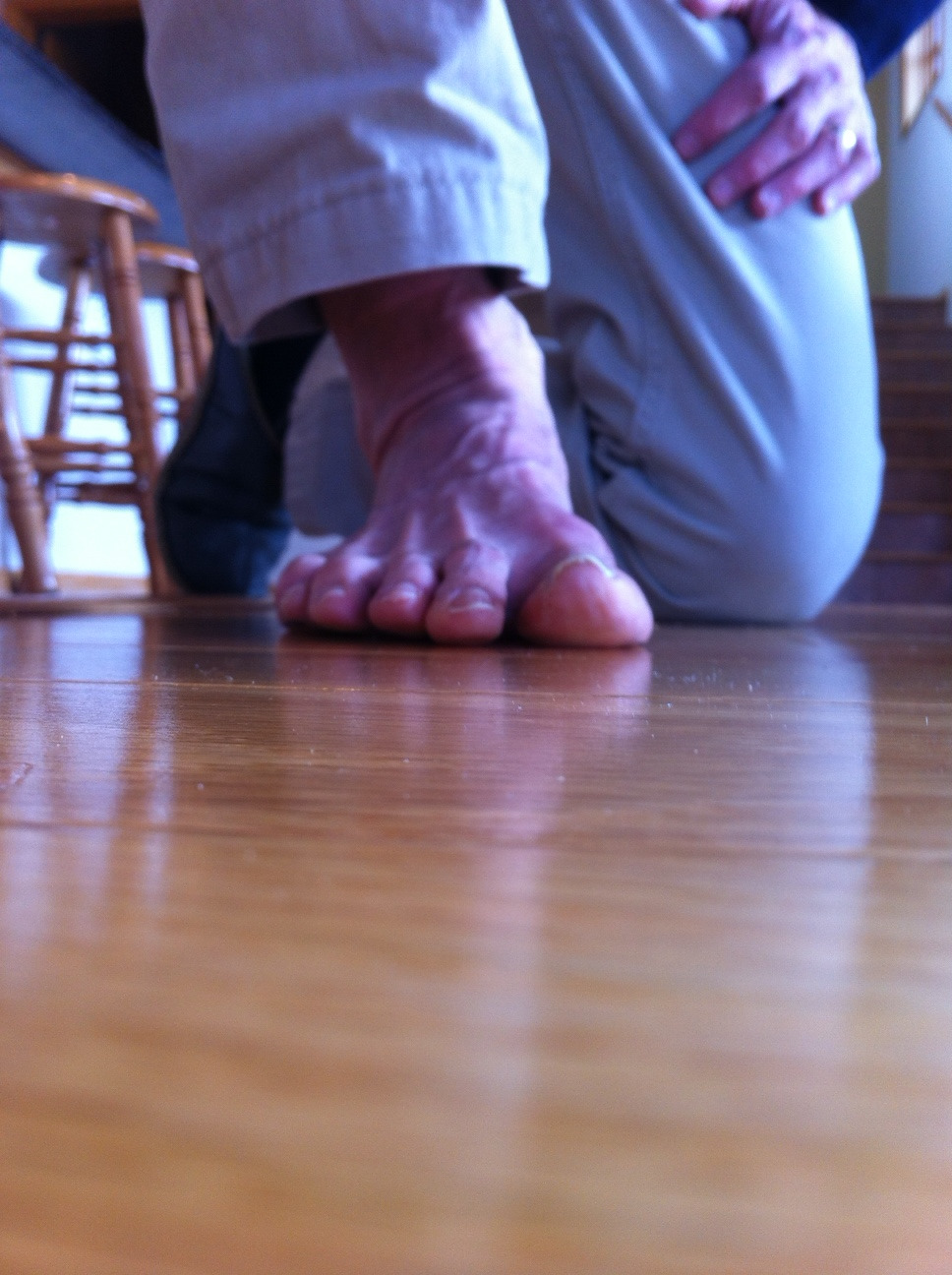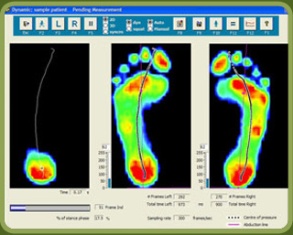More on weak muscles. Just WHY are they weak? Know before you activate!
Dr Allen’s post last week on chronic ankle instability (click here for post) served as an inspiration for many of us. It brings to mind the many reasons muscles can become “weak”.
So why does a muscle become weak? We like to categorize the causes as follows:
- local
- segmental
- long loop/cortical
Local causes include muscle injury and muscle pathologies, like muscular dystrophy and neuromuscular endplate disorders like myasthenia gravis. Segmental causes are largely due to reflexes which occur at the spinal cord level. Long loop and cortical causes ae due to an increased inhibition or lack of drive from higher centers, such as the motor cortex and cerebellum.
Lets examine local causes in more detail. To understand causes we must understand what makes a muscle contract.
Muscles are composed of many proteins, 2 of which are actin and myosin (see above). Actin has 2 forms, F (filamental) and G (globular) actin. Imagine 2 grapefruits side by side (G actin) held together in the middle by small filaments (F actin). Now imagine these another set immediately below, in a repeating pattern. These groups of 2 are held together at the sides by an additional protein called tropomyosin. This whole complex looks a little like train tracks. Along the strands of tropomyosin, at regular intervals is yet another protein called troponin. We like to think of troponin as a triangular shaped protein and each part of the triangle has a particular binding site: one for tropomyosin, one for actin and another for calcium ions.
Myosin is another component of muscle, that looks similar to a bunch of golf clubs. The head of the club will, under the right circumstances, interact with actin, the body (tail) of the club interacts with other myosin bodies.
Globular actin and myosin heads are like 2 teenagers and like to interact with one another. Normally, in a resting state, troponin protein covers the active site of myosin binding on G actin. In the presence of calcium, there is a change in shape of the troponin molecule, moving it off of the active site of actin, allowing myosin to bind there. When this happens, the head ratchets and muscle contraction occurs. In the presence of adequate fuel (ie ATP) the myosin head detaches from actin and “recocks”, ready for another contraction cycle (see 2nd picture above).
So where does the calcium come from? It is stored in areas of the muscle called the terminal cisterns. It is released when an action potential fires the peripheral nerve to the neuromuscular endplate of a muscle.
Can calcium be released any other way? Sure it can. How about if the terminal cisterns are damaged, from an injury to the muscle? How about if they are damaged from a disease process?
So, when calcium is released, no matter how it is released, muscles contract. If calcium is not released, then muscles do not contract.
From a local cause, If a muscle is weak, one of the following are usually causing the weakness:
- there is physical damage to the muscle causing fewer of the working units of the muscle (called sarcomeres) contract
this is by far the most common, due to overuse or trauma
- there is a problem with the connection of the nerve to the muscle
Disruption of nerve to muscle connections can be also be due to trauma or disease. Weakness that is becoming progressive and worsening, needs to be evaluated further and may be the signal for a progressive muscular or neurological disorder (muscular dystrophy, myasthenia gravis, Gullian Barre, etc)
- there is insufficient neurotransmitter at the neuromuscular end plate to fire the muscle
this is usually due to a disease process
- Insufficient calcium could theoretically hamper a muscles contraction, but since calcium is involved with nerve transmission as well, tetany (ie sustained contraction and spasm) would most likely occur due to other reasons that we will not explore at this juncture.
OK, so that sums up local causes. Look for a follow up post about segmental causes next…
We are: The Gait Guys






































